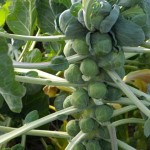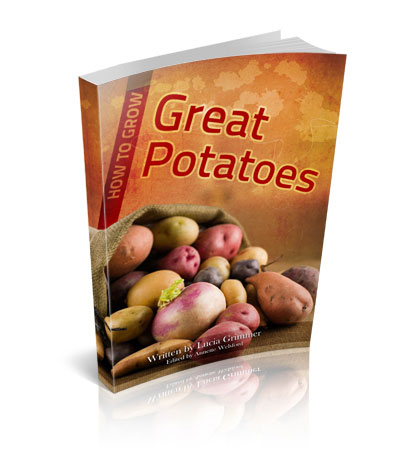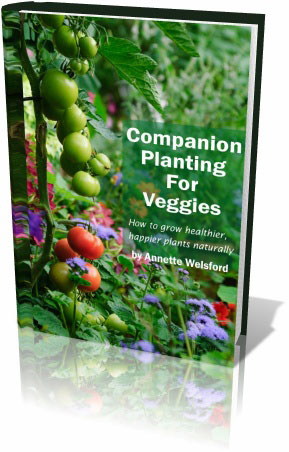Growing Brussels Sprouts
Brussels Sprouts are notorious for their low yields, but if you enjoy their distinctive taste they are worth growing – or trying to grow – in the garden. They grow easily from seed, but are quite fussy when it comes to both soil and weather conditions. Get it right and you’ll get more than a meal out of each plant.
Indigenous to Europe, little cabbage-like Brussels Sprouts are part of the brassica family. In fact they are a variety of Brassica oleracea, as are broccoli, cabbage and cauliflower, which are all filled to the brim with vitamins and minerals.
Brussels Sprouts take a long time to mature (as much as 26 to 30 weeks) and produce a crop. This is one of the reasons it is so important to prepare the soil really well prior to planting. They like a rich soil that is high in nitrogen, so be extra careful that the manure or compost you use in the soil is well rotted. If it isn’t, it will draw nitrogen out of the soil. You may want to add bagged nitrogen or urea to speed up the decomposition process. Loosen the soil and add a complete fertiliser like 2:3:2 (nitrogen-phosphorous-potassium or N-P-K) and then tread the soil firmly. That’s another thing Brussels are picky about: they demand a good, firm soil. They also like the soil to have an optimum pH of between 6.0 and 7.0, so do a pH test and adjust if necessary. You can do this by adding agricultural lime to the soil.
When to Plant Brussel Sprouts
In the southern hemisphere Brussels Sprouts are usually propagated by seeds sown in seedbeds or seed boxes from late December until late February. In the northern hemisphere it is more usual to sow seeds in March and April. Sow the seeds in shallow drills and cover with about 10 mm of soil pressed down firmly over the seeds. These vegetables prefer cool, moist growing conditions – they don’t do well in hot weather – so keep them well watered while they germinate. They should start to pop out of the ground after a week to ten days.
Your next challenge will be insect and disease control. Cabbage moths, cabbage root flies, clubroot, downy mildew and black rot are all common problems. All the brassicas gain protection from being planted near to celery, sage or rosemary, so consider this companion planting approach rather than reaching for chemical sprays and pesticides.
The seedlings should be planted out about a month after sowing, when they are between 75 mm and 100 mm high. Generally rows should be about 600 mm apart and the plants should be between 450 mm and 600 mm from one another. They grow quite tall and you might want to stake them to prevent them collapsing and growing sideways.
About a month after transplanting, feed around the plants with a little 2:3:2 or 3:2:1, depending on your soil quality. You can also add liquid fertiliser (for example one made with seaweed) every two or three weeks.
Even though Brussels Sprouts do develop quite a substantial root system, they also benefit from having the soil drawn up around the stem while they are growing.
As the plants develop you will notice the sprouts starting to develop along the stem, above each leaf. If conditions are right, these will develop and about three months after being transplanted, you should be able to start picking from the base of the stem. Usually the lower leaves will start to turn yellow when the sprouts are ready for picking and you can pull them off and harvest the vegetables. You will also notice that the top of Brussels Sprouts plants develop a head that looks rather like a cabbage. If you prune this off early on, it should increase your yield of sprouts.
Finally, if you are lucky enough to have success with your sprouts, try roasting them with a sprinkling of olive oil and garlic. When cooked, top with flaked almonds that have been toasted in a pan with a little butter.
 |
 |
|
The sprouts start to form on the stem where each leaf branches off. |
Fully developed Brussels Sprouts ready for picking. |
Tags: brussel sprouts, grow brassicas, grow brussels sprouts, organic gardening












